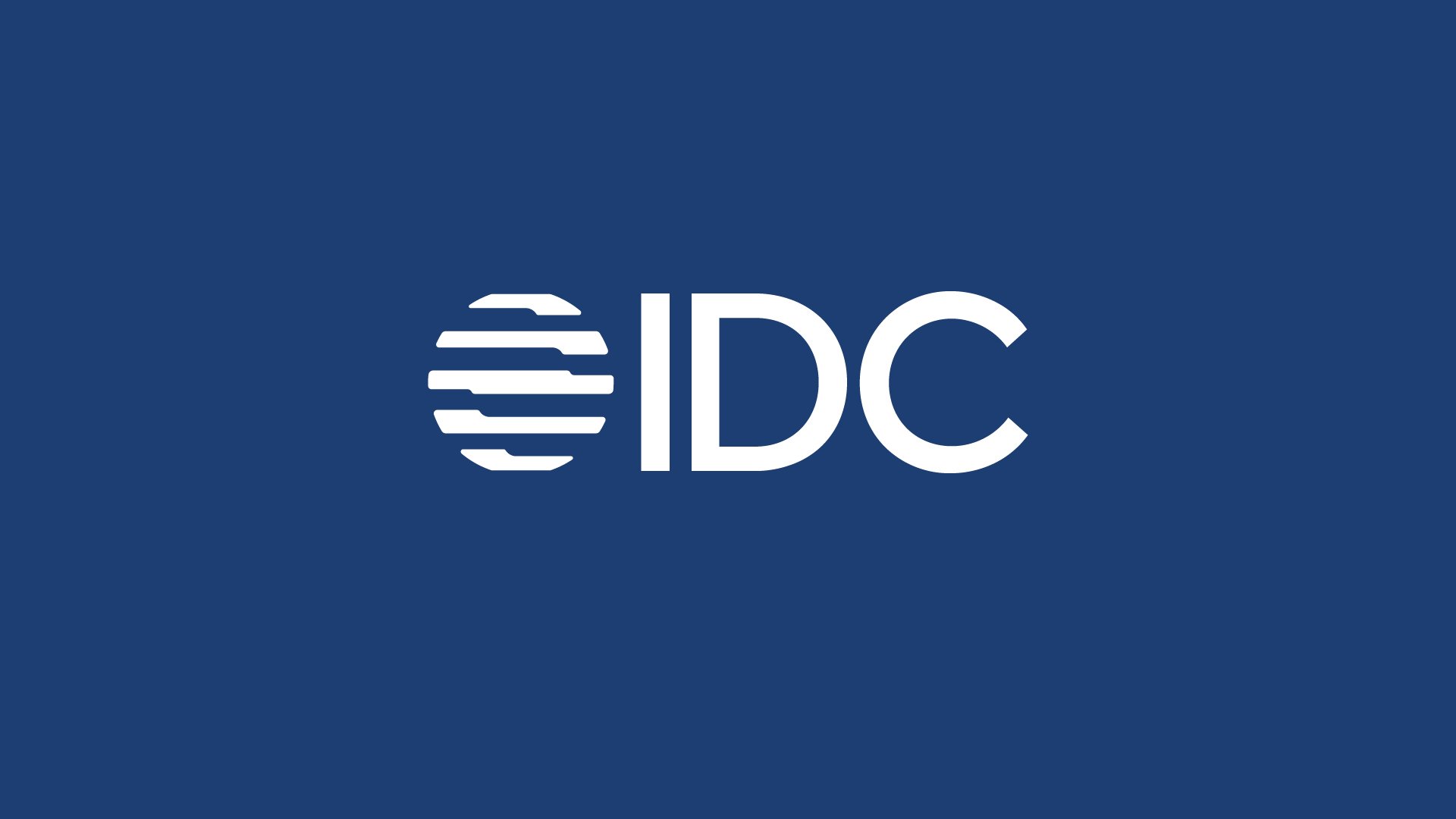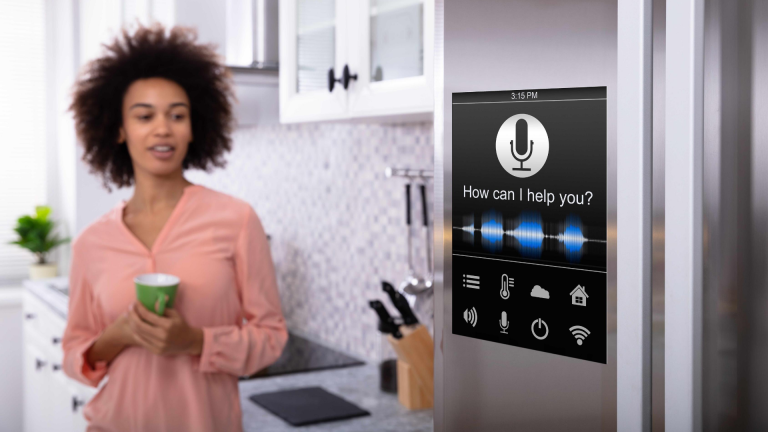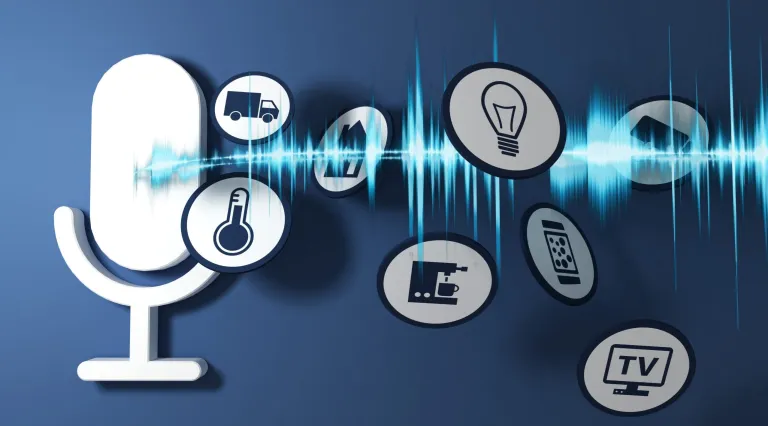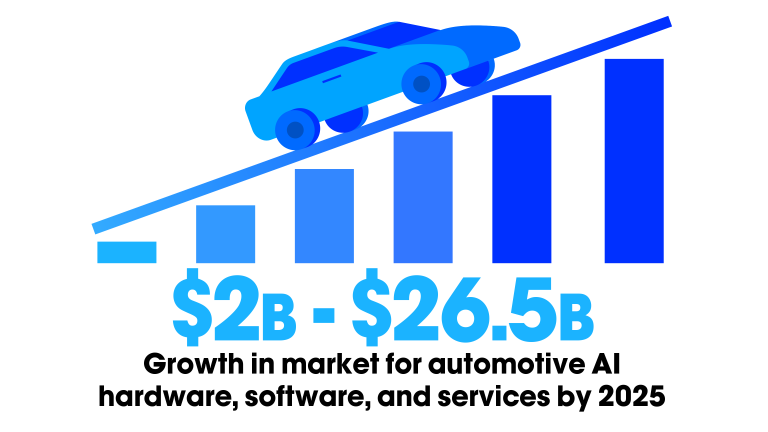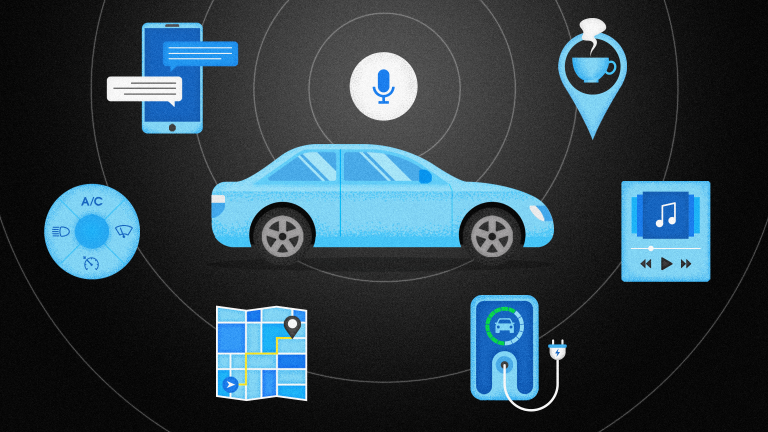For instance, if your product is a garage door opener, your customers most likely don’t have a speaker in the garage. Giving them the ability to ask the garage door to open and then close in 30 seconds, allows them to leave the garage with their hands full and eliminates the temptation to run under the door to beat the sensors—an act that often does not have positive outcomes.
Your customer’s oven, refrigerator, or washing machine are not likely located in the living room, or even in the same room. Give your customers a direct link to your product and your brand by giving the power of voice to the product itself while retaining the convenience of connection to the home hub device.
If you’ve built a relationship of trust with your customers, is that bond broken when a voice user interface is dependent on a third party device? It can be, if your customer has concerns over how Alexa or Google are handling and distributing user data.
Retaining ownership of the voice assistant allows manufacturers to deepen customer relationships by establishing proprietary data and privacy policies and communicating them with users. When the voice assistant is on your product instead of on a remote device, data can be stored on the device itself and never transferred to the cloud, if you choose. Brands can decide to use only aggregated data to improve products and the voice interface itself, building more trust between users and individual products.
You’ve built your brand on the reliability, functionality, and trustworthiness of your products. Extend your brand promise with a voice interface that’s smart without relying on Alexa or Google smart home solutions.
Convenient and hands-free operations with voice
Statista forecasts that by 2023 the number of digital voice assistants will reach around 8 billion units—a number higher than the world’s population. These statistics, and others, all point to the same eventuality: In the future, people will be interacting with multiple voice assistants on multiple devices—each with its own personality and purpose.
As voice technology continues to evolve and the world becomes increasingly voice-enabled, consumers will still be looking to devices to solve distinct problems and perform specific functions. The more voice interfaces become the norm, the less acceptance there will be for a singular voice experience.
Specialization and differentiation is how your brand has succeeded in the market thus far and consumers simply want those functions to be easier and more convenient. In other words, your refrigerator doesn’t have to know the weather or play the top 10 hit songs, your washing machine doesn’t need to provide answers to history questions, and your oven doesn’t need to report the latest news.
Instead, voice-enable your devices to perform their intended functions with easier, more convenient interfaces that allow product users to control them, even when their hands are full. Cloud connectivity directly from your device gives you the option to offer product ordering, such as more coffee beans, soap, or other items related to your product.

